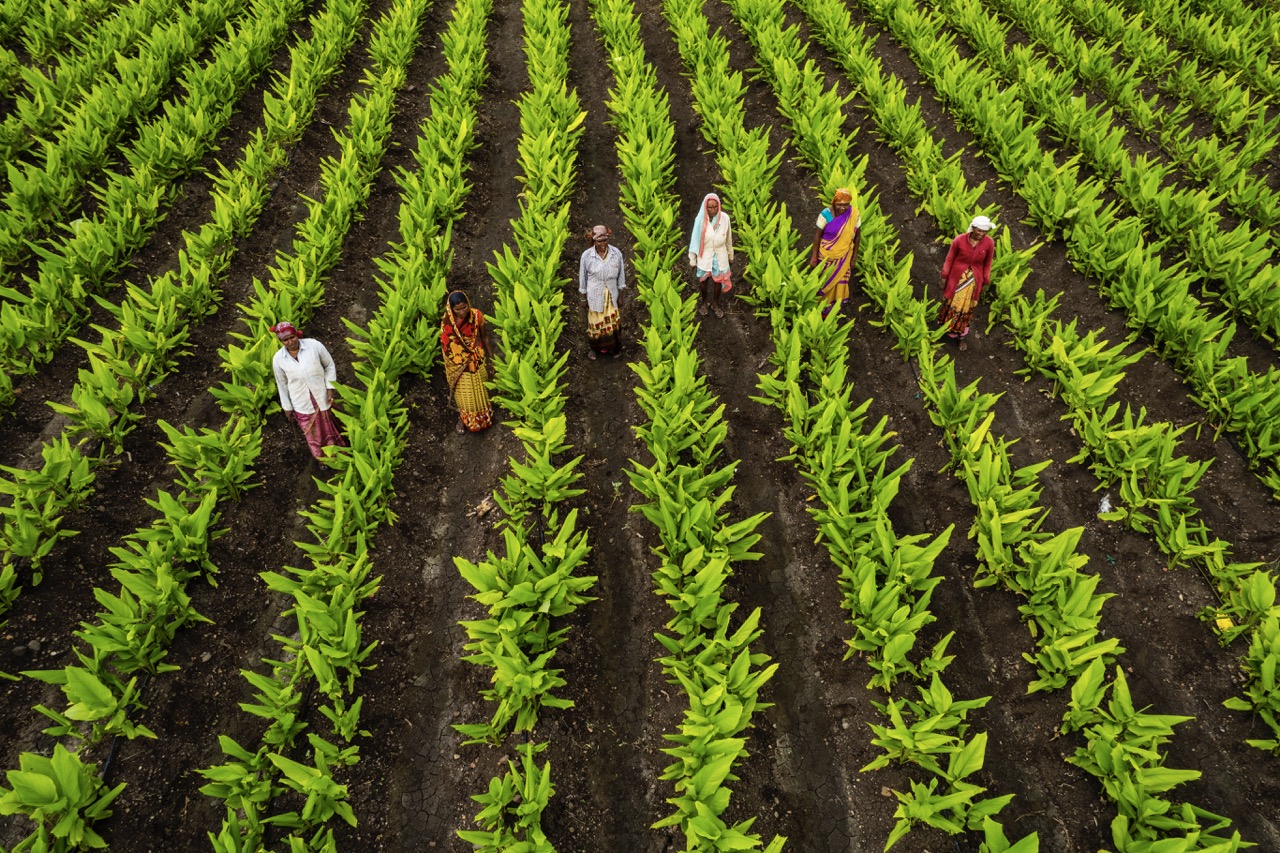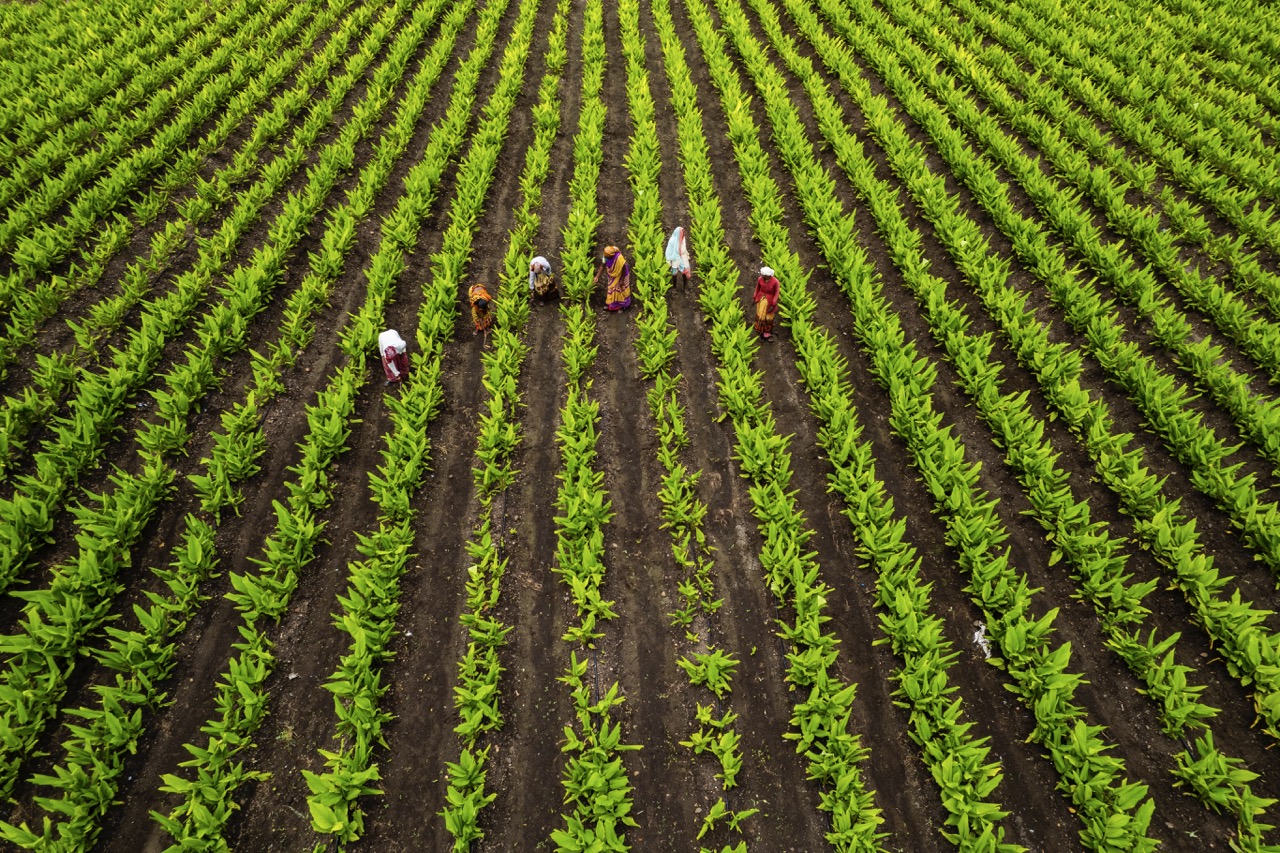Soil health is a cornerstone of sustainable agriculture, influencing everything from crop yields to environmental stability. As modern farming practices evolve, the need for effective soil management strategies becomes increasingly crucial. One of the most time-tested methods for maintaining soil vitality is crop rotation. This agricultural practice not only supports the nutritional needs of crops but also contributes significantly to the overall health of the soil ecosystem. Understanding the science and benefits behind crop rotation can provide farmers with a powerful tool to enhance productivity and sustainability.
Understanding the Importance of Soil Health for Agriculture
Soil health refers to the condition of soil in relation to its ability to support plant life, maintain water quality, and sustain a diverse range of organisms. Healthy soil is vital for agriculture, as it directly impacts crop productivity and resilience. Factors such as soil structure, nutrient availability, and microbial activity play critical roles in determining soil health. Unfortunately, many conventional farming practices, such as monoculture and excessive use of chemical fertilizers, can degrade soil health over time, leading to diminished yields and increased vulnerability to pests and diseases.
The degradation of soil health can manifest in various ways, including diminished fertility, increased erosion, and reduced water retention. These issues can create a cycle of declining agricultural productivity, requiring farmers to rely more heavily on synthetic inputs to maintain crop yields. This reliance can have negative implications for both the environment and the long-term viability of farming operations. Therefore, understanding the interconnectedness of soil health, crop production, and ecological balance is paramount for farmers seeking sustainable agricultural practices.
As more farmers recognize the importance of soil health, there is an increasing shift toward regenerative agricultural practices that prioritize the restoration and maintenance of soil ecosystems. Among these practices, crop rotation stands out as a fundamental strategy. By alternating the types of crops grown on a particular piece of land, farmers can enhance soil health, improve crop yields, and foster a more sustainable agricultural system.
The Science Behind Crop Rotation and Soil Fertility
Crop rotation involves the systematic planting of different crops in the same area across various seasons or years. This practice is grounded in a deep understanding of soil science and plant biology. Different crops have varying nutrient requirements and root structures, which can affect soil composition and health. For example, legumes, such as beans and peas, have the unique ability to fix nitrogen in the soil, enriching it for subsequent crops. This natural fertilization process helps to reduce the need for chemical fertilizers, which can further degrade soil quality when used excessively.
Moreover, rotating crops helps disrupt pest and disease cycles. Many pests and pathogens are specific to certain crops; by rotating them, farmers can significantly reduce the likelihood of outbreaks. This natural pest management strategy can lead to healthier plants and higher yields without the reliance on chemical pesticides. Additionally, different root systems of various crops can improve soil structure by preventing compaction and enhancing aeration and water infiltration.
Research has demonstrated that farms employing crop rotation often see improved soil organic matter levels, greater microbial diversity, and enhanced overall fertility. These benefits contribute to a more resilient agricultural system, capable of adapting to changing climates and market demands. Understanding the scientific principles behind crop rotation can empower farmers to make informed decisions that lead to sustained soil health and productivity.
Benefits of Crop Rotation: Enhancing Soil Diversity
The practice of crop rotation diversifies the range of plants that grow in a given area, which in turn fosters a more diverse soil ecosystem. This diversity is crucial for maintaining a balanced soil microbiome, which includes bacteria, fungi, and other microorganisms that are essential for nutrient cycling and organic matter decomposition. When different types of plants are cultivated, they interact in complex ways with soil organisms, leading to improved soil health and fertility.
Additionally, crop rotation can enhance soil structure and reduce erosion. Different crops have varying root depths and structures, which can help to bind soil particles together, preventing water and wind erosion. Improved soil structure also facilitates better water retention and drainage, crucial factors for agricultural success. As soil health improves, the land becomes more resilient to extreme weather conditions, such as droughts or heavy rainfall, ultimately leading to more stable agricultural outputs.
The economic benefits of crop rotation are also noteworthy. By reducing the need for chemical fertilizers and pesticides, farmers can lower production costs. Enhanced soil health typically leads to increased crop yields, allowing farmers to maximize their profits. Furthermore, the practice of crop rotation can open new markets for farmers by allowing them to grow a variety of crops, thus reducing reliance on single cash crops and providing more options for crop sales.
Best Practices for Implementing Effective Rotation Strategies
To implement effective crop rotation strategies, farmers should begin by assessing their soil health and understanding the specific needs of their crops. This assessment can involve soil testing to determine nutrient levels, pH, and organic matter content. Based on this analysis, farmers can create a tailored rotation plan that considers the nutrient requirements of different crops, as well as their growth cycles and resistance to pests and diseases.
A well-designed rotation schedule should incorporate a variety of crops, including legumes, grains, and cover crops. Integrating cover crops, such as clover or rye, into the rotation can provide additional benefits by improving soil structure, preventing erosion, and adding organic matter when tilled back into the soil. Farmers should also consider the timing of planting and harvesting to ensure that soil is covered for as much of the year as possible, further enhancing soil health.
Monitoring and adapting the rotation plan is essential for long-term success. Farmers should keep records of crop performance, soil health metrics, and any pest or disease issues encountered. This data-driven approach allows for adjustments to be made over time, ensuring that the rotation strategy remains effective and responsive to changing conditions. By committing to these best practices, farmers can cultivate healthy soils that support sustainable agricultural production for years to come.
Crop rotation is more than just an agricultural technique; it is a vital practice for maintaining soil health and ensuring sustainable farming. By understanding the importance of soil health, the scientific principles behind crop rotation, and implementing effective strategies, farmers can enhance soil diversity and resilience. As the agricultural community grapples with the challenges of climate change, soil degradation, and food security, embracing crop rotation will play a crucial role in fostering a healthier and more productive farming future.










